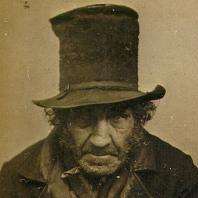|
|
The current range of books. Click the image above to see them on Amazon (printed and Kindle format). More info on coinpublications.com |
|
|

Recessed ear 1915/16 penny
By
terrysoldpennies, in British Hammered
|
|
The current range of books. Click the image above to see them on Amazon (printed and Kindle format). More info on coinpublications.com |
|
|

By
terrysoldpennies, in British Hammered